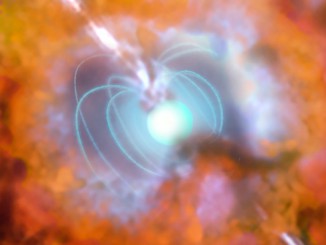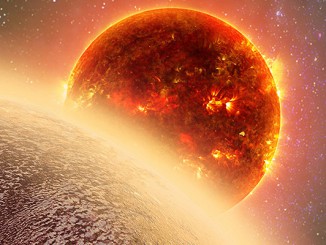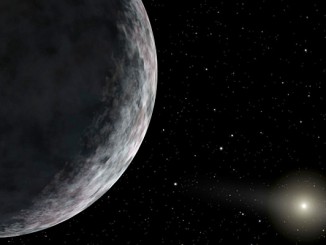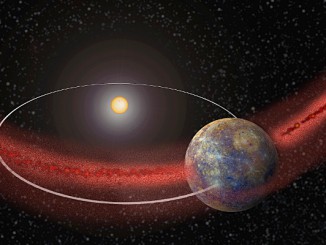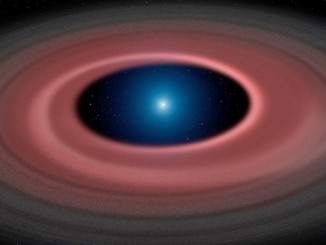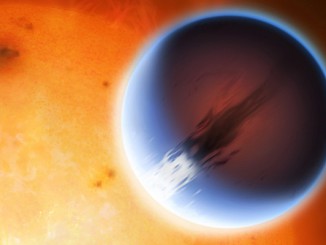
5,400mph winds hurtling around exoplanet
Wind speeds of over 2 kilometres per second have been discovered flowing around planet outside of our solar system. The University of Warwick discovery is the first time that a weather system on an exoplanet has been directly measured and mapped. The wind speed recorded is 20x greater than the fastest ever known on Earth, where it would be seven times the speed of sound.



